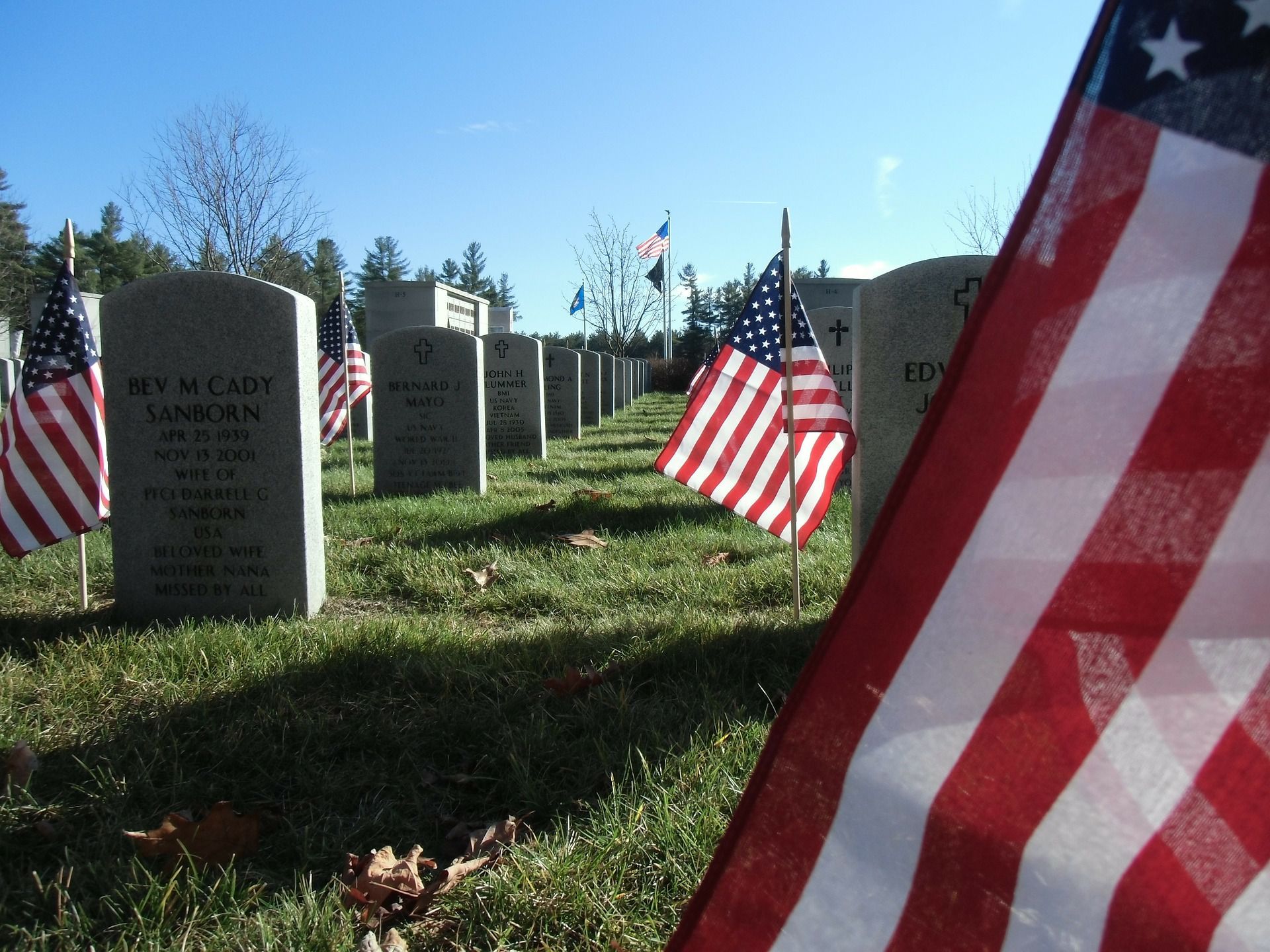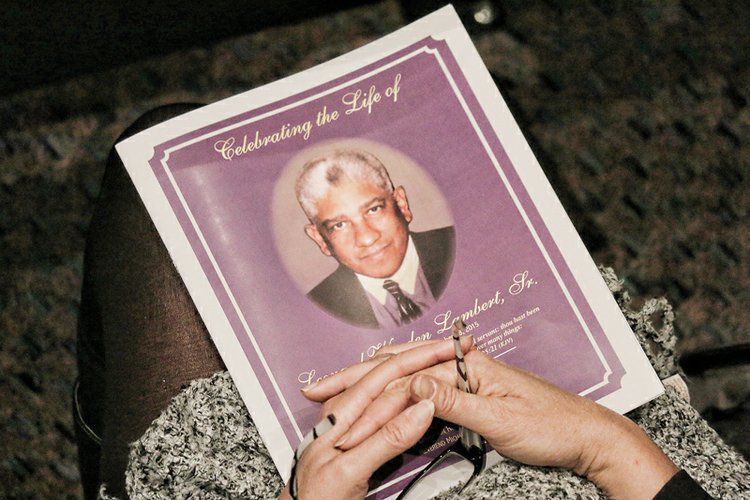


While they aren’t as popular as they were just a few decades ago, newspaper obituaries still have an important place in American society. These days, obituaries are often online—in the form of a Facebook tribute wall, for example—instead of in a newspaper. Whether you choose the traditional newspaper route or prefer to announce a death online, here are some tips and background.
History of the Obituary
Communities have made a practice of announcing deaths for centuries, even as far back as early Rome. The word obituary, like so many words in the English language, stems from a Latin word: obit, which means death. The Roman practice of announcing deaths in a daily newsletter was eventually carried over to America. In the early days, when printing a newspaper was a major undertaking, obituaries were quite short—even in the case of important people like George Washington.
Once newspapers became easier to produce with the arrival of inventions like the printing press, obituaries became a little longer and more detailed. Additionally, obituaries were used to alert relatives far and wide when Civil War soldiers died. By the late 1900s, obituaries had become long, drawn-out affairs and professionals were often hired to craft them.
Tips for Writing an Obituary
1. Pre-plan. Timeliness is often a factor for obituaries if you want to include information about the funeral or memorial service. If you write an obituary while someone is alive, it can save time and energy after the person has passed. Pre-planning an obituary can also allow the deceased to have input about what is important to them in this final, written memorial. While details about the funeral and memorial service will have to be added in later, this will complete the bulk of your work ahead of time and reduce stress.
2. Decide on the length before you start. The amount of space you can afford to purchase (many obituaries are charged by line or word count) will be a great starting point for what you should include in an obituary. The most basic obituary usually includes the following:
Beyond this information, many people choose to elaborate on the person’s life with information like who they married and when, who survives them (often children and grandchildren), education, hobbies or occupation.
3. Proofread. T here is perhaps nothing worse than a typo in a public death announcement. Once you are happy with the obituary, read it multiple times and pass it off to two or three people to proofread it for you. This will ensure the obituary is free from typos and mistakes.
Where to Post an Obituary
Traditionally, obituaries are posted in local newspapers. Obituaries are rarely free—most newspapers charge between $200 and $500 for an obituary, depending on the publication and length. Information on the process and cost of submitting an obituary is will be available on the newspaper’s website. Legacy.com also features a database of newspapers and their obituary policies.
One of the easiest ways to handle an obituary is to let your funeral home handle it for you. Funeral directors often know exactly who to contact and how to get obituaries posted quickly and easily, and most are happy to do it as part of their services.


